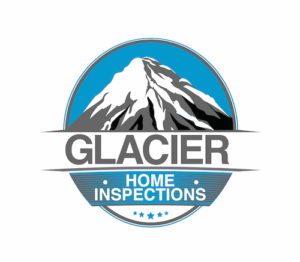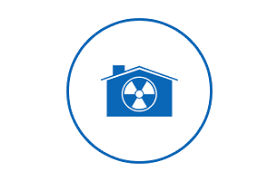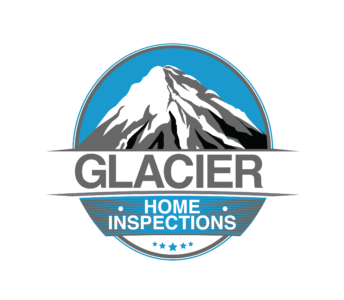What is Radon?
What is Radon and how do I know if it is present in the home that I am about to purchase?
1. What is radon?
Radon is a naturally occurring, carcinogenic, radioactive gas that’s formed from the breakdown of uranium. It’s found in rocks, soil, and water.
You can’t see or smell radon. The only way to know whether it’s in your home is to test for it. The U.S. Environmental Protection Agency (EPA) determined, however, that radon levels above 4 picocuries per liter or higher [known as the action level] in the home – and the level at which attention, or “radon mitigation” is needed.
2. How does radon get in homes?
Radon gets in homes through cracks in the foundation and walls. Radon can also enter through openings around water pipes, gas pipes, sump pumps, and drains.
If radon is in a home, it’s generally in the basement or crawl space, and in lower levels. Radon risks increase in winter when homes are typically sealed up, keeping in any radon that might have entered the home.
3. What should sellers do to test for radon?
If you’re selling your home, it’s a good idea to test it before you put it on the market. That way, if your test reveals a radon problem, you can take care of it before it scares off buyers. Buyers should also test for radon when going through the inspection process. Many home inspectors provide radon testing services, so be sure to ask your home inspector if they can provide testing for you when inspecting the home.
4. What are some concerns sellers might have about radon?
If elevated levels of radon are found in the home, don’t worry, it can be fixed. Just look for local radon mitigation contractors in your area and obtain quotes on having the home mitigated for radon levels. This can cost anywhere from about $800 to $2,500.
Once you have mitigated and reduced the levels in the home, retest to document the new safer levels and be sure to inform potential buyers that you have mitigated the home for radon and the results of testing.
5. What should buyers ask about radon?
In many regions, such as up here in Northwest Montana [Kalispell and surrounding areas] it is common for a buyer to perform a radon test alongside the home inspection. If the home tests above the action level of 4 pc’s, then it can contingency of the purchase contract to have the home mitigated for radon or to possibly back out of the purchase deal.
6. What should buyers know before buying a house that tested high for radon?
If you found a house you love but it tested high for radon, ask the seller to mitigate the radon to acceptable levels and provide results.
The bottom line… The vast majority of homes don’t have a radon problem, but if a home does have a problem, well then the results can be quite serious to a persons’ health. It’s worth the small investment to identify any radon issues and address them in a timely manner.




